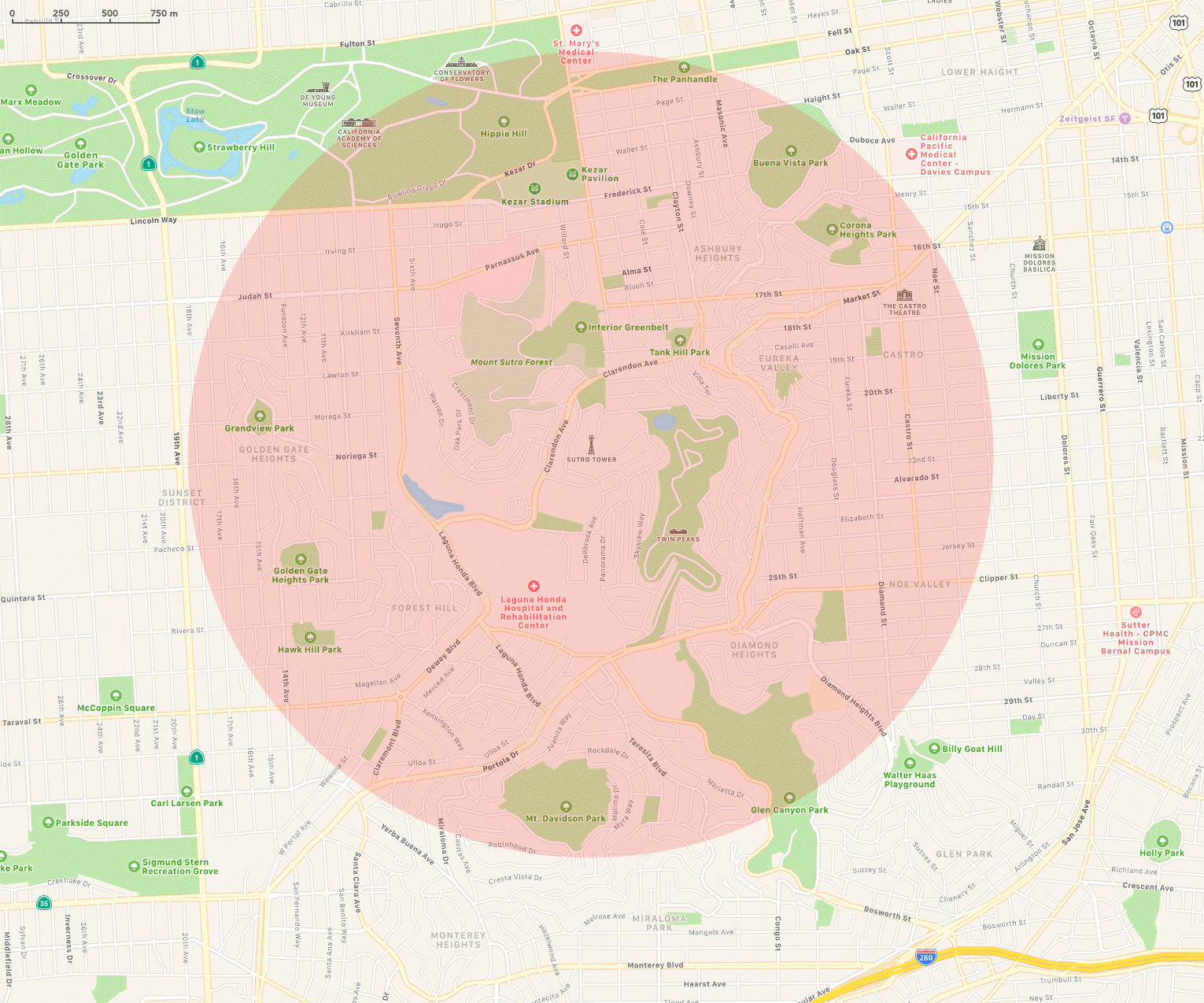ArtisanState review
TL:DR Avoid them.
I seldom print photos any more. When I do, I prefer to make photobooks, as the format is way more convenient than loose prints, takes little space, and looks more polished than a traditional photo album.
Unfortunately, most photobooks are printed on HP Indigo digital presses, which use a technology somewhat similar to a laser printer, but capable of better quality photo reproduction. Indigo presses were originally designed to produce personalized junk-mail, not high-quality photo reproduction, and the quality, while decent, is not at the same level as that of true RA-4 photo paper exposed with a laser or LED light source as done by most digital minilabs (e.g. Fuji Frontier or Noritsu QSS) or higher-end imaging systems like the Océ/Cymbolic Lightjet or Durst Lambda.
There are higher-quality options. AdoramaPix has a good reputation for its albums, which are printed on RA-4 paper and bound in a lay-flat binding without a gutter, a technique that lends itself specially well to panoramic prints. They also have a “Hudson” line of premium albums where the photos are laminated on thick cardstock for a more luxurious feel. In researching this flush-mount process, I discovered a company called ArtisanState. It is based here in San Francisco (manufacturing is in China), their pricing seemed attractive, so I decided to give them a try.
I used a selection of my panoramic prints and ordered a 6×8 album bound in genuine leather. They offer two grades of paper, Fuji Crystal Archive Lustre and Fuji Crystal Archive Pearl Metallic, and I opted for the latter. Metallic paper, first introduced by Kodak under the Endura brand, has mica particles embedded in the RC paper base under the photographic emulsion. The photo looks as if it is painted on metal, which can be spectacular, specially with specular highlights (although I would not recommend it for portraiture such as a wedding album, the fashion industry seems to be quite fond of it). The Fuji lustre has a grainy finish that resists fingerprints, but I don’t find it attractive, and would much prefer a satin finish without an obvious texture like the one Moo uses in its business cards.
When I received my album after 2 weeks, I was impressed by the reproduction quality and the metallic effect, but there was also a very visible texture on the pages, similar to an orange peel. After some research, I found that mounting metallic papers seems to cause orange peel unless done very carefully using a low temperature on the mounting press, and they are the exception to the general rule of thumb that Fuji products are superior to Kodak’s (although true to form, Kodak’s bean counters degraded the quality of the product by cutting corners to shave costs).
At the price they charge ($104 list, but I got it at 40% promotional discount), you can rightfully expect perfection. I wrote to ArtisanState to complain, got the run-around, and reviews online suggest my experience with unresponsive support is far from unusual. I am going to try again with AdoramaPix: they may be more expensive, but the product won’t be made in China and in the end you get what you pay for.

